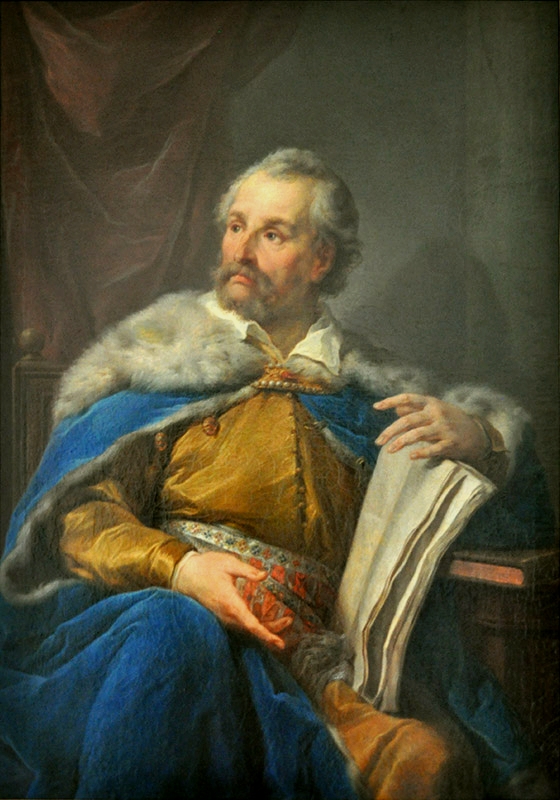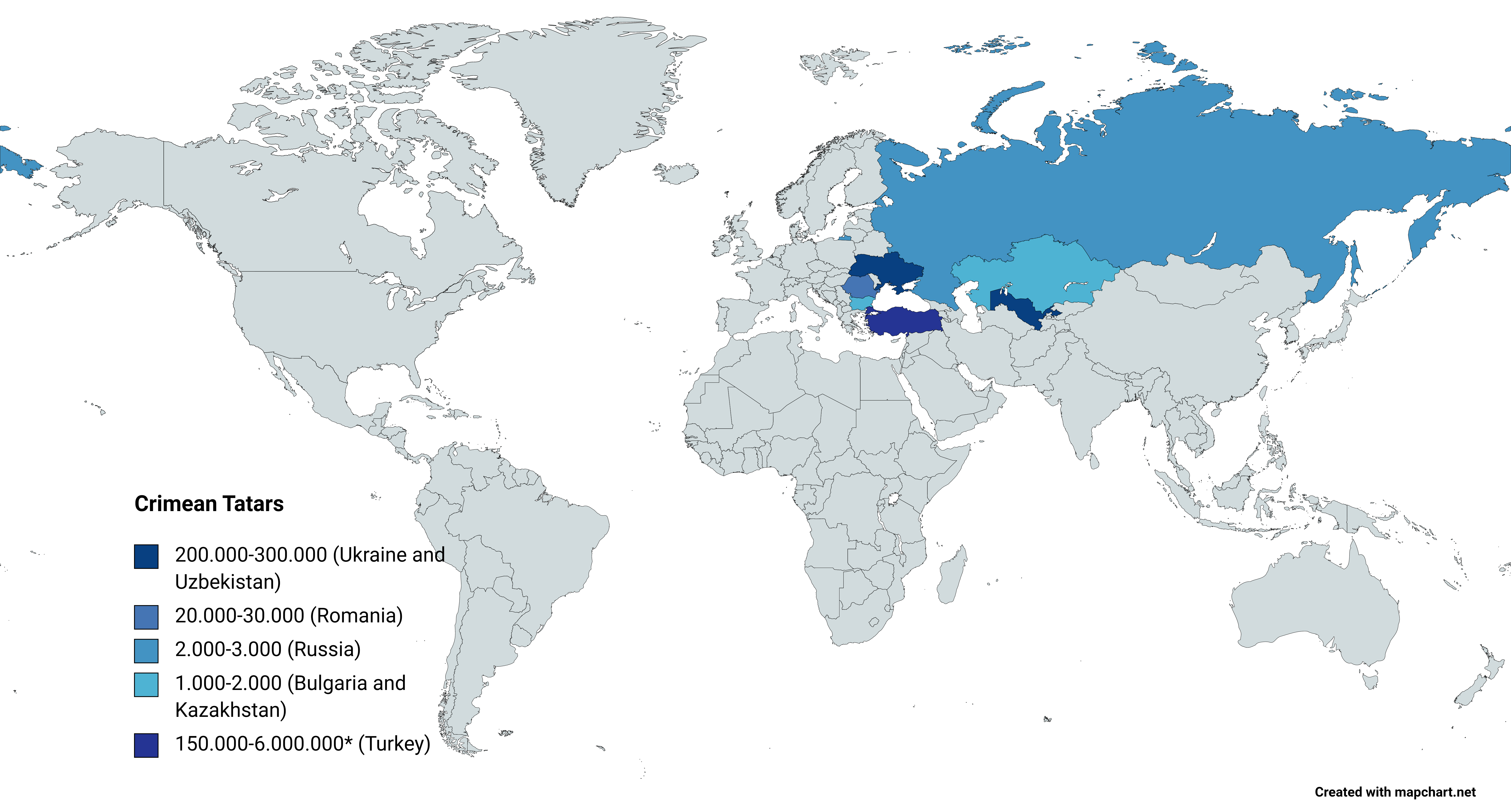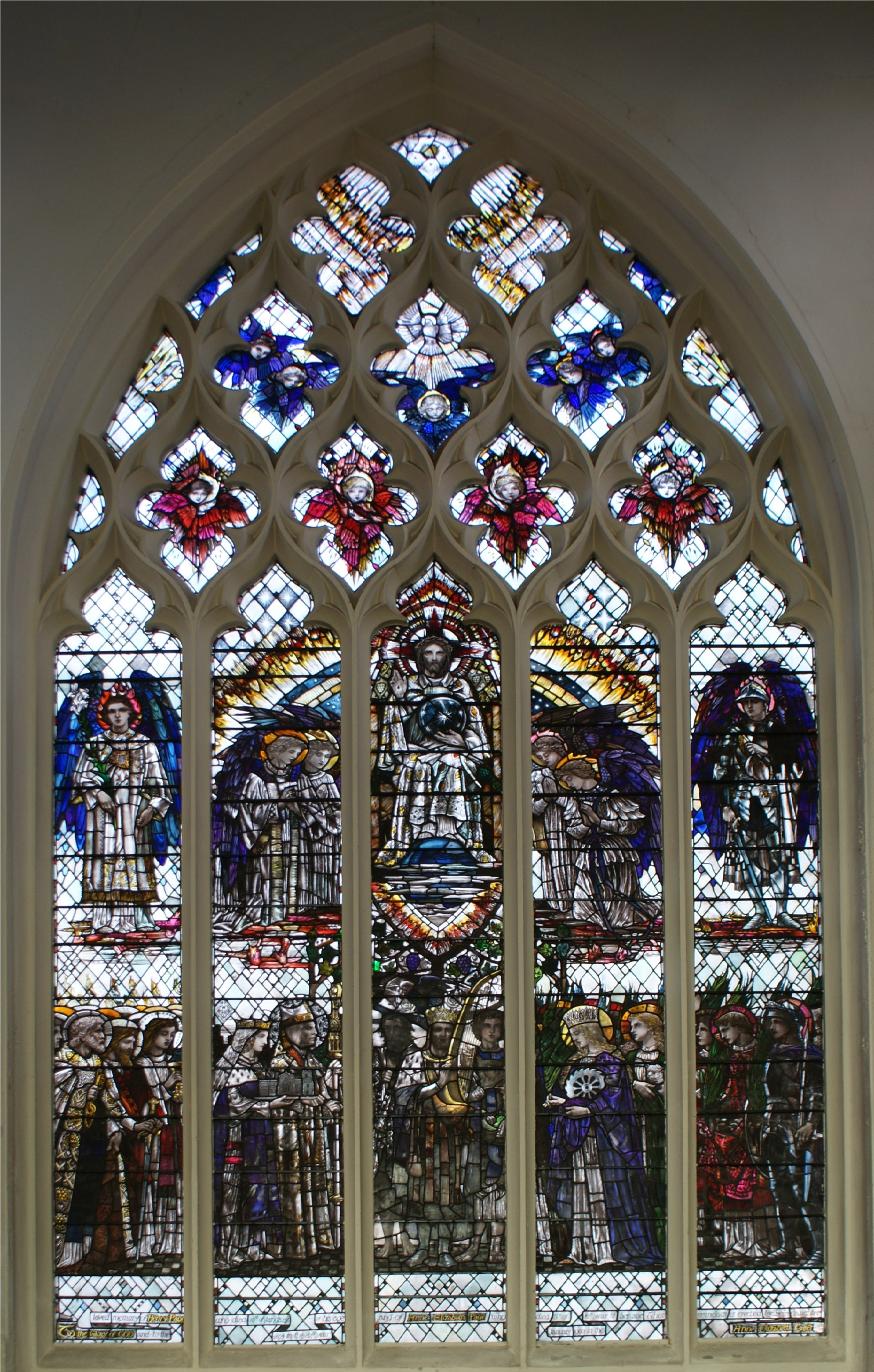|
1669 Polish–Lithuanian Royal Election
The 1669 Polish–Lithuanian royal election was an election to decide on the new candidate for the Polish–Lithuanian throne. Background On 16 September 1668, King John II Casimir abdicated the Polish–Lithuanian throne. He left for France and joined the Jesuits where he became Abbot of Saint-Germain-des-Prés Abbey in Paris which resulted in the Polish–Lithuanian Commonwealth being left without a monarch, making it necessary for a free election. History The pro-French faction, which was backed by Michal Prazmowski and Crown Hetman Jan Sobieski, was strong. During the Convocation, several Sejm members of the szlachta urged the election of a native Piast king instead. There were widespread rumors that supporters of foreign candidates had been bribed. Under the circumstances, the Bishop of Chełmno, Andrzej Olszowski, suggested that instead of a foreigner, a Pole should be elected. Olszowski suggested the candidacy of Michał Korybut Wiśniowiecki, who was the son of legend ... [...More Info...] [...Related Items...] OR: [Wikipedia] [Google] [Baidu] |
Michał Korybut Wiśniowiecki
Michael I (, ; 31 May 1640 – 10 November 1673) was the ruler of the Polish–Lithuanian Commonwealth as List of Polish monarchs, King of Poland and Grand Duchy of Lithuania, Grand Duke of Lithuania from 29 September 1669 until his death in 1673. Michael was chosen partly because of the merit of his father, prince Jeremi Wiśniowiecki, a powerful border magnate who had helped suppress the rebellious Cossacks during the Khmelnytsky Uprising. After Michael's early death, these setbacks were reversed at the Battle of Chocim (1673), Battle of Khotyn in 1673 by his successor, John III Sobieski, who defeated an Austrian candidate in the election. In 1670 Michael I was married to Eleonora Maria of Austria (1653–1697), daughter of Ferdinand III, Holy Roman Emperor, by his third wife Eleanor Gonzaga (1630-1686), Eleonora Gonzaga. Biography Michael was the son of Jeremi Wiśniowiecki and his wife Gryzelda Konstancja Zamoyska. His parents likely met each other in September 1637 in Wa ... [...More Info...] [...Related Items...] OR: [Wikipedia] [Google] [Baidu] |
Magnate
The term magnate, from the late Latin ''magnas'', a great man, itself from Latin ''magnus'', "great", means a man from the higher nobility, a man who belongs to the high office-holders or a man in a high social position, by birth, wealth or other qualities in Western Christian countries since the medieval period. It also includes the members of the higher clergy, such as bishops, archbishops and cardinals. In reference to the medieval, the term is often used to distinguish higher territorial landowners and warlords, such as counts, earls, dukes, and territorial-princes from the baronage. In Poland the ''szlachta'' (nobles) constituted one of the largest proportions of the population (around 10-12%) and 'magnat' refers to the richest nobles, or nobles of the nobility - even though they had equal voting rights in Poland's electoral monarchy. England In England, the magnate class went through a change in the later Middle Ages. It had previously consisted of all tenants-in-chie ... [...More Info...] [...Related Items...] OR: [Wikipedia] [Google] [Baidu] |
Crimean Tatars
Crimean Tatars (), or simply Crimeans (), are an Eastern European Turkic peoples, Turkic ethnic group and nation indigenous to Crimea. Their ethnogenesis lasted thousands of years in Crimea and the northern regions along the coast of the Black Sea, uniting Mediterranean basin, Mediterranean populations with those of the Eurasian Steppe.''Агджоян А. Т., Схаляхо Р. А., Утевская О. М., Жабагин М. К., Тагирли Ш. Г., Дамба Л. Д., Атраментова Л. А., Балановский О. П.'Генофонд крымских татар в сравнении с тюркоязычными народами Европы, 2015 Genome-wide study of the Crimean Tatars unveiled connections between them and the genomes of individuals from the Steppe during the Bronze Age, specifically those associated with the Yamnaya culture, Yamnaya archaeological culture. Until the 20th century, Crimean Tatars were the most populous demographic cohort ... [...More Info...] [...Related Items...] OR: [Wikipedia] [Google] [Baidu] |
Kraków
, officially the Royal Capital City of Kraków, is the List of cities and towns in Poland, second-largest and one of the oldest cities in Poland. Situated on the Vistula River in Lesser Poland Voivodeship, the city has a population of 804,237 (2023), with approximately 8 million additional people living within a radius. Kraków was the official capital of Poland until 1596, and has traditionally been one of the leading centres of Polish academic, cultural, and artistic life. Cited as one of Europe's most beautiful cities, its Kraków Old Town, Old Town was declared a UNESCO World Heritage Site in 1978, one of the world's first sites granted the status. The city began as a Hamlet (place), hamlet on Wawel Hill and was a busy trading centre of Central Europe in 985. In 1038, it became the seat of King of Poland, Polish monarchs from the Piast dynasty, and subsequently served as the centre of administration under Jagiellonian dynasty, Jagiellonian kings and of the Polish–Lithuan ... [...More Info...] [...Related Items...] OR: [Wikipedia] [Google] [Baidu] |
Te Deum
The ( or , ; from its incipit, ) is a Latin Christian hymn traditionally ascribed to a date before AD 500, but perhaps with antecedents that place it much earlier. It is central to the Ambrosian hymnal, which spread throughout the Latin Church with other parts of the Ambrosian Rite of Milan in the 6th to 8th centuries. It is sometimes known as the Ambrosian Hymn, although authorship by Saint Ambrose is unlikely. The term can also refer to a short religious service (of blessing or thanks) that is based upon the hymn. It continues in use in many contexts by several denominations. In particular it is the core of a short church service of thanksgiving held, often at short notice, to celebrate good news such as a military victory, the signing of a peace treaty, or the birth of a royal child. History Authorship of the hymn is traditionally ascribed to Saint Ambrose (died 397) or Saint Augustine (died 430). In 19th-century scholarship, Saint Hilary of Poitiers (died 367) ... [...More Info...] [...Related Items...] OR: [Wikipedia] [Google] [Baidu] |
Jan Chryzostom Pasek
Jan Chryzostom Pasek of Gosławice (c.1636–1701) was a Polish nobleman and writer during the times of the Polish–Lithuanian Commonwealth. He is best remembered for his memoirs ('' Pamiętniki''), which are a valuable historical source about Baroque sarmatian culture and events in the Commonwealth. Jan Chryzostom Pasek (Polish diarist). '' Britannica Online''. Retrieved September 21, 2011. Biography Pasek was born in Węgrzynowice (now in |
Kujawy
Kuyavia (; ), also referred to as Cuyavia, is a historical region in north-central Poland, situated on the left bank of Vistula, as well as east from Noteć River and Lake Gopło. It is divided into three traditional parts: north-western (with the capital in Bydgoszcz, ethnographically distinct), central (the capital in Inowrocław or Kruszwica), and south-eastern (the capital in Włocławek or Brześć Kujawski). Etymology The name Kuyavia first appeared in written sources in the 1136 Bull of Gniezno (, Latin: ''Ex commisso nobis'') issued by Pope Innocent II, and was then mentioned in many documents from medieval times. It is also mentioned in the chronicles of Wincenty Kadłubek. Geography and boundaries In the north, Kuyavia borders with the historic regions of Gdańsk Pomerania (Pomerelia) and Chełmno Land, in the west with proper (exact) Greater Poland, in the south with Łęczyca Land and in the east with Masovia and Dobrzyń Land. The borders of Kuyavia stretch out on ... [...More Info...] [...Related Items...] OR: [Wikipedia] [Google] [Baidu] |
Golden Liberty
Golden Liberty (; , ), sometimes referred to as Golden Freedoms, Nobles' Democracy or Nobles' Commonwealth ( or ''Złota wolność szlachecka'') was a political system in the Kingdom of Poland (1385–1569), Kingdom of Poland and, after the Union of Lublin (1569), in the Polish–Lithuanian Commonwealth. Under that system, all nobles (''szlachta''), regardless of rank, economic status or their ethnic background were considered to have equal legal status and enjoyed Szlachta privileges, extensive legal rights and privileges. The nobility controlled the legislature (the ''Sejm of the Polish–Lithuanian Commonwealth, Sejm''—the parliament) and the Commonwealth's elective monarchy, elected king. Development This political system, unique in Europe, stemmed from the consolidation of power by the ''szlachta'' (nobility, noble class) over other social classes and over the monarchy, monarchical political system. In time, the Szlachta's privileges, ''szlachta'' accumulated enough privil ... [...More Info...] [...Related Items...] OR: [Wikipedia] [Google] [Baidu] |
Wola
Wola () is a district in western Warsaw, Poland. An industrial area with traditions reaching back to the early 19th century, it underwent a transformation into a major financial district, featuring various landmarks and some of the tallest office buildings in the city. History Village Wielka Wola was first mentioned in the 14th century. It became the site of the elections, from 1573 to 1764, of Polish kings by the szlachta (nobility) of the Polish–Lithuanian Commonwealth. The Wola district later became famous for the Polish Army's defence of Warsaw in 1794 during the Kościuszko Uprising and in 1831 during the November Uprising, when Józef Sowiński and Józef Bem defended the city against Tsarist forces. In the 17th century, the jurydyki of Wielopole, Leszno, Nowolipie and Grzybów were established, which were incorporated into Warsaw in 1791, and today are wholly or partly within the boundaries of the Wola district. In the 19th century, Wola developed as a factory ... [...More Info...] [...Related Items...] OR: [Wikipedia] [Google] [Baidu] |
Pospolite Ruszenie
''Pospolite ruszenie'' (, lit. ''mass mobilization''; "Noble Host", , the French term ''levée en masse'' is also used) was the wartime mobilisation of all or a specific part of able-bodied male population of the state into armed forces during the period of the Kingdom of Poland and the Polish–Lithuanian Commonwealth. The tradition of wartime mobilisation of part of the population existed from before the 13th century to the 19th century. In the later era, ''pospolite ruszenie'' units were formed from the ''szlachta'' (Polish "nobility"). The ''pospolite ruszenie'' was eventually outclassed by professional forces. Rise Before the 13th century, the feudal levy of knights was the customary method employed in the raising of Polish armies in the Kingdom of Poland of the Late Middle Ages. The earliest mentions of the term can be traced to the reign of Władysław I the Elbow-high (1320–1333). Statutes of Casimir the Great made the service in the military obligatory for all kn ... [...More Info...] [...Related Items...] OR: [Wikipedia] [Google] [Baidu] |






